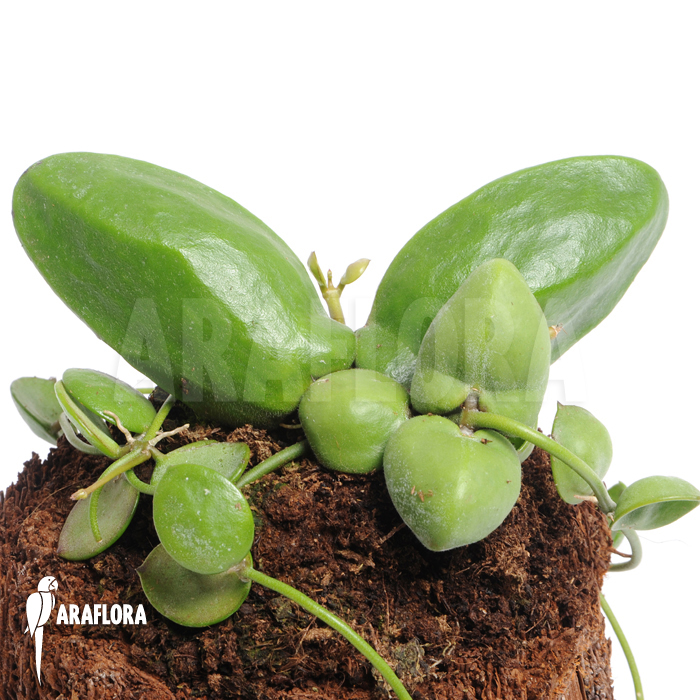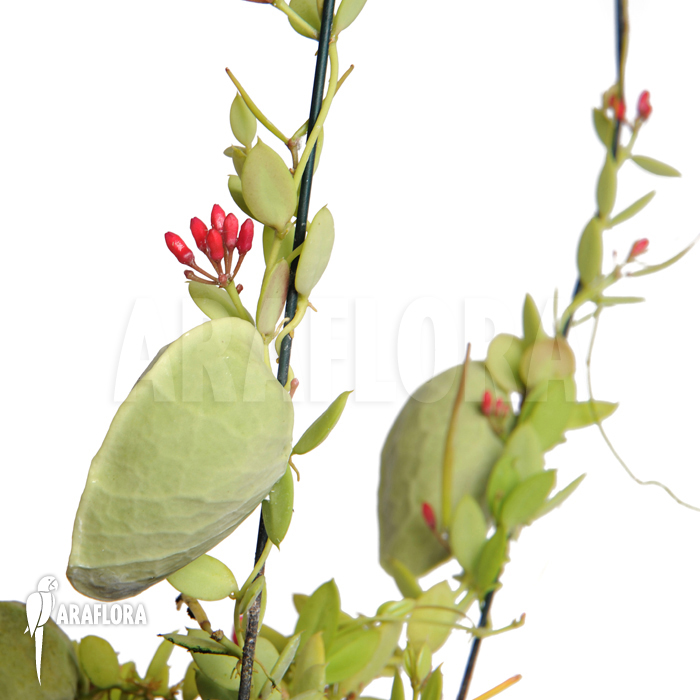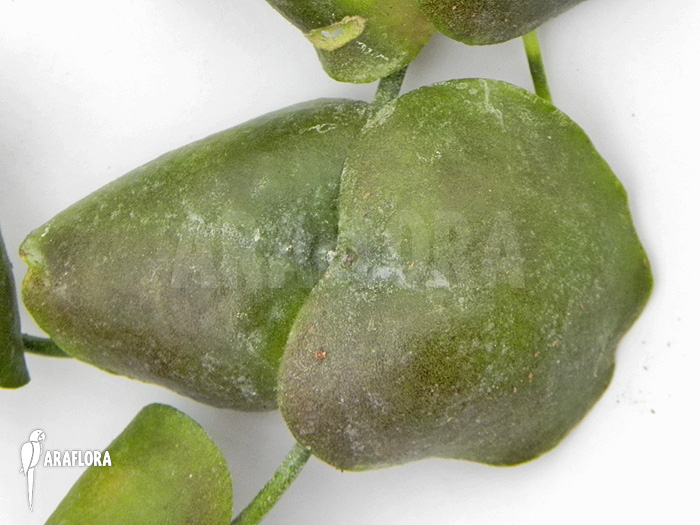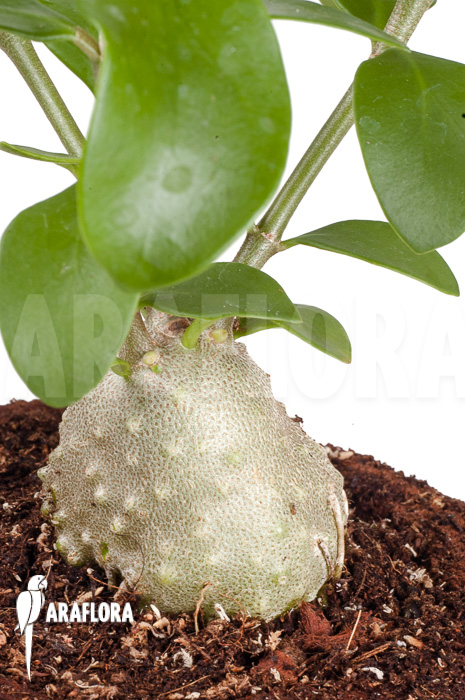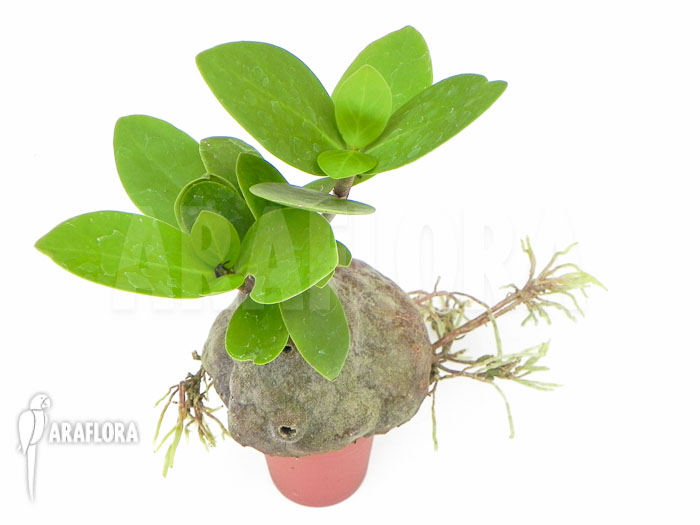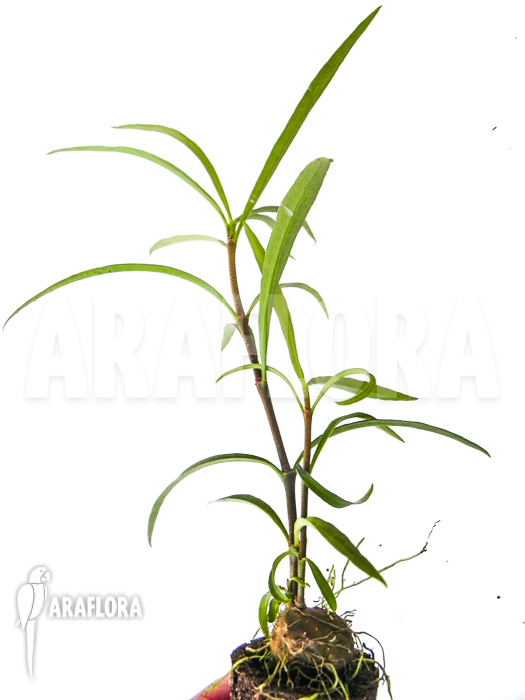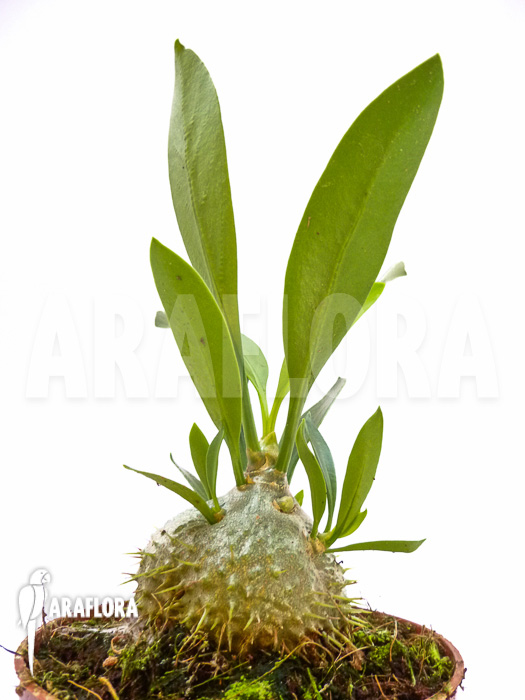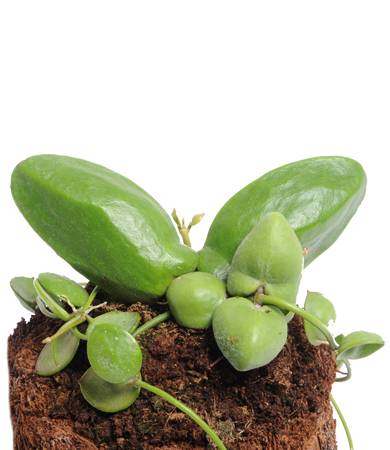
Ant-loving plants such as Myrmecodia, Hydnophytum, Lecanopteris, and various Dischidia species are plants that naturally coexist with ants. They have evolved to develop a symbiotic relationship with them.
 Price range
Price range
 Price range
Kies het prijsniveau dat uw voorkeur heeft.
Price range
Kies het prijsniveau dat uw voorkeur heeft.
 Care
Care
 Care
Kies hier het type verzorging dat uw voorkeur heeft.
Care
Kies hier het type verzorging dat uw voorkeur heeft.
 Place
Place
 Place
Kies hier het type standplaats dat uw voorkeur heeft.
Place
Kies hier het type standplaats dat uw voorkeur heeft.
 Light
Light
 Light
Kies hier het type licht dat uw voorkeur heeft.
Light
Kies hier het type licht dat uw voorkeur heeft.
 Watering
Watering
 Watering
Kies hier welk type watergift uw voorkeur heeft
Watering
Kies hier welk type watergift uw voorkeur heeft
Plant soort
Groeiwijze
Both the ants and the plants benefit from this partnership and have adapted to each other. Ant-loving plants develop hollow spaces where ants can build their nests. The ants defend their nests and, in doing so, also defend the plant. Having such a plant in your terrarium is truly fascinating and special.
Araflora is one of the few with a wide selection and extensive knowledge of these fascinating plants. Ant-loving plants and epiphytic ant ferns (lecanopteris) are Araflora's favorites because of their striking shapes, flowers or spore branches, and beautiful creeping leaves. In nature, ant-loving plants grow on trees and rocks, particularly in Asia. These plants are called ant plants because their leaves provide protection and shelter for ants (Myrmecodia and Hydnophytum).
These plants grow naturally in tropical Asia and Australia. They are epiphytes, forming large tubers at the base of their stems. These tubers are hollow and contain a network of tunnels and burrows where ant colonies live. The plant and the ants have a symbiotic relationship that benefits both of them. The plant provides the ants with a sheltered nesting place, while the ants, in turn, protect the plant from voracious insects. The ants also provide the plant with food. Inside the swollen tuber, the plant has small glands that can absorb food. Dead ants and bits of organic material are broken down, and the nutrients are ultimately absorbed by the plant.
The urn plant (Dischidia pectenoides) forms hollow leaves that can serve as nests for ants. The ants bring in all sorts of organic material, which they then store in their nests. The plant forms adventitious roots that grow within its hollow leaves. This allows it to absorb minerals from the material the ants gather, providing the ants with a safe nest. The epiphytic ant fern (Lecanopteris) forms a sturdy, hollow rhizome. Ant colonies live within this rhizome. Here too, the plant benefits from the minerals in the organic material the ants accumulate in their nest. The ants get a prefabricated nest.
They are relatively slow-growing plants that prefer plenty of light, warmth, and relatively dry soil.
Araflora ant plants thrive directly under terrarium lights and attach themselves to wood and other dry materials. As long as the roots of ant plants and ant ferns aren't too wet and the plant receives plenty of light, they are very easy plants for a terrarium.




